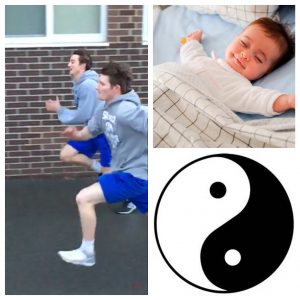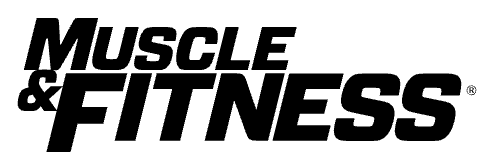In-Season Training Considerations
Tell me if this scenario sounds familiar: You worked the whole off season and got bigger, faster, and stronger. Confidence was at an all time high going into training camp, and through the first couple of games you felt and played great. Problem is, between practice and two games a week you are starting to get some nicks and dings. Even worse, the body-weight you added seems to be whittling away and you are feeling like an extra on The Walking Dead. Welcome to the fun word of the mid-season! It’s now that many try to outwork the lull and end up grinding themselves up even more. Read the considerations below before making your next training move.Managing Stressors
Before you pour your entire being into the weight-room consider the following: Practice, games, homework, eating, lack of eating, relationships, sleep, lack of sleep, jumping, and cutting all are stressors. Too much stress present and things can go haywire. Over training, fatigue, sickness, and injury could be knocking at your door if stress isn’t managed properly with recovery.

We can thank ole Hans Selye for our understanding of stress and the GAS.
Recovery is the yang to the ying of stress. For many athletes it’s an under valued aspect of performance. Look at the top levels of competition. Professionals sleep in hyperbaric pods, have manual therapists on staff, use acupuncture, have customized meal plans, and have pricey omegawave monitoring systems to manage readiness for competition. I’m guessing the average amateur athlete probably doesn’t have those resources to keep fresh and healthy. But fear not! There are two variables you CAN control to continue to feel fresh and ready for your next game.
In my opinion, if your young athlete gets their nightly sleep in (eight hours) and eats enough to keep up with the grueling demands of an in-season schedule, then they will already be ahead of most of their competitors. Sure, having an omegawave at your disposal would be a cool little tool to use, but people were able to manage stress and recovery without the usage of electrodes on their scalp for decades before its invention.
Sleep and food are huge considerations for staying on track. Without those two factors in check, I would really think twice about adding an in-season strength routine to their already full plates. But, if those two variables are solidly in place, I think resistance training can be a great addition. This will increase strength, keep them injury free, and break up the daily monotony of the season.

Train, recover, repeat. The yin and yang of improving.
I personally like to stick to full body lifts in-season for my athletes. Once a week should do the trick, with an emphasis on compound exercises, quality movements, and one set with higher reps. No reason to risk injury trying to do any max effort work in-season. In fact, for most (nearly all) high school athletes, max effort seems to be an unnecessary EGO based endeavor. Don’t get me wrong, I think a well executed max effort squat or deadlift is a thing of beauty. But, I have seen enough cringe worthy max effort high school squats that I really don’t think the juice is worth the squeeze. If you have an athlete that can do one, great. If not, don’t force it. Practice, get better, and EARN the right to try one.
Tissue Quality
Maintaining soft tissue quality is huge during the season. The amount of running, cutting, and jumping the average kid does during the course of a week can turn a supple athlete into an imbalanced tin man. If you are the type of athlete who feels like Herman Munster first thing in the morning, you will benefit from releasing tissue and moving your body around more.

This guy could have benefited from a little soft tissue work
Options for release include, but certainly aren’t limited to: finding a sports massage therapist, using a foam roller, lax ball or other Self Myofascial Release method, getting your hands on a body tempering product, or learning some RPR methods. Ankles, hips, mid back, and shoulders are all areas that take a beating. Staying on top of them so they keep working optimally will leave you feeling fresh and performing better. I see tremendous value in checking out Max Shank’s 5 minute flow series and implementing a variation daily on your own individual trouble areas.
Easy on the Plyometric Work
Team sports athletes be runnin! Whether in the context of the sport, additional “conditioning”, or just because the coach wants to punish the squad, chances are you might be doing more running than usual. Running is a shocking, jarring movement. While it might not fit the traditional plyometric exercise catalog, running still employs high ground reaction forces with a fast transfer from eccentric to concentric muscular contractions. With each foot strike amounting to a “rep”, most athletes will do hundreds of reps in the course of a practice. Doing extra jumping on top of that could be beating a dead horse. If you are an athlete who recovers quickly, jumping exercises could be an option, just make sure you keep the volume on the lower side.

If you jump a lot in your sport, more jumping might be overkill.
The greatest athletes often visualize success before it happens. Dream it and achieve it, right? There is enough evidence that the mind prepares the body for success that a whole cottage industry of sports psychology has emerged. The rigors of a sport season can be both physically and mentally grinding. Practicing some of the tips here can aid in staying mentally focused and performing your best.
Sports seasons can often be the highlight of a young athletes year. Hopefully this advice can keep you or your athlete feeling great, moving better, and dominating their sport of choice.


